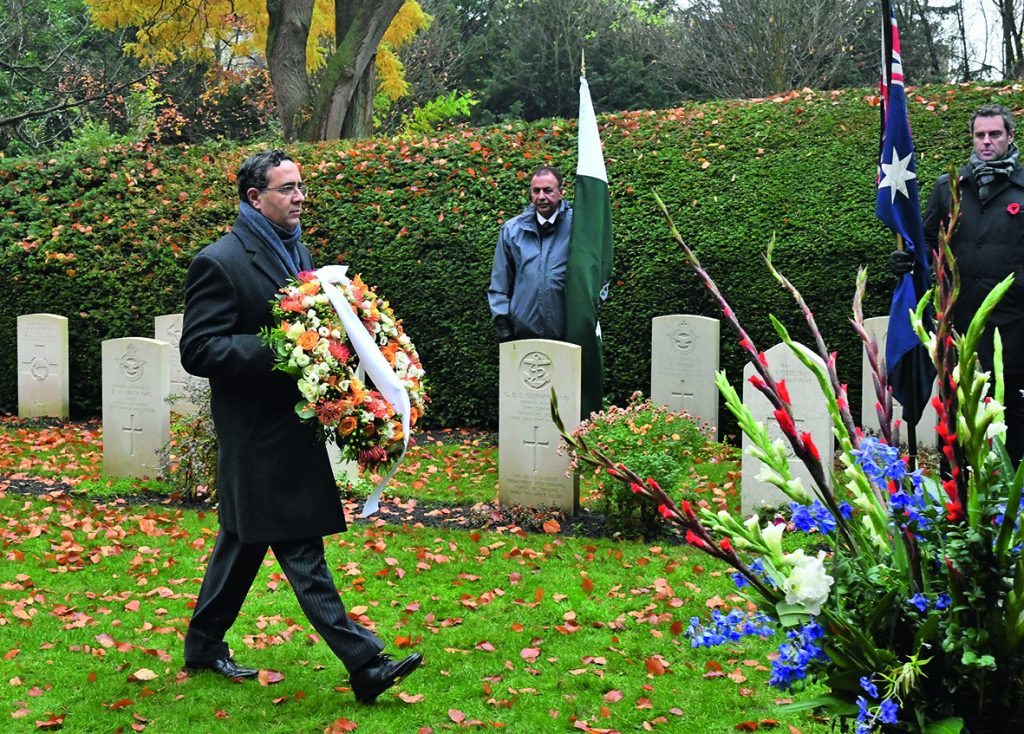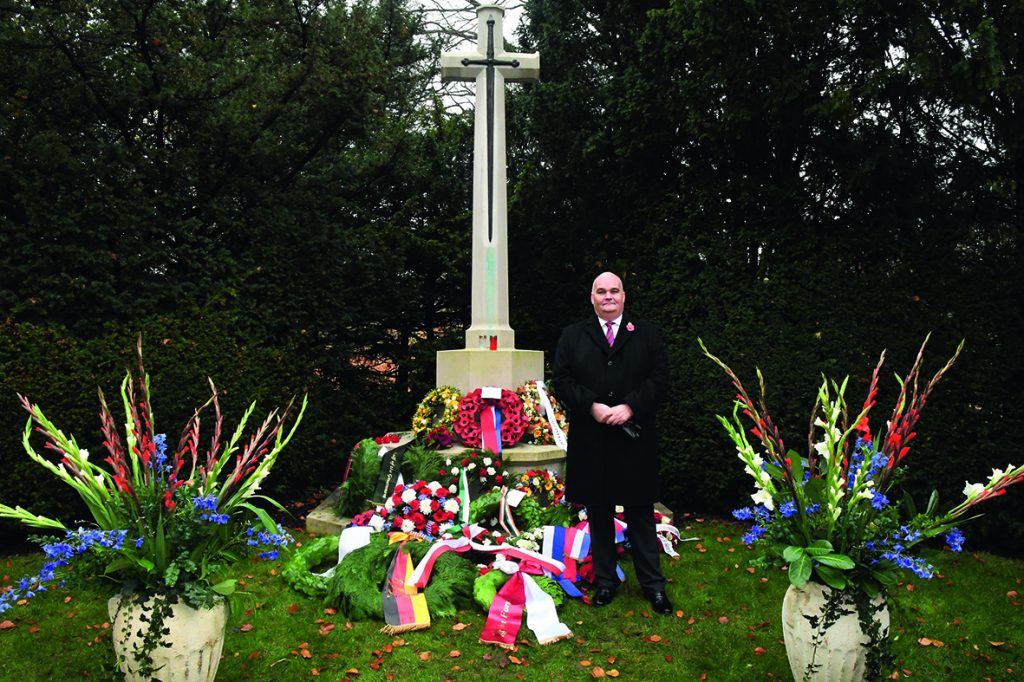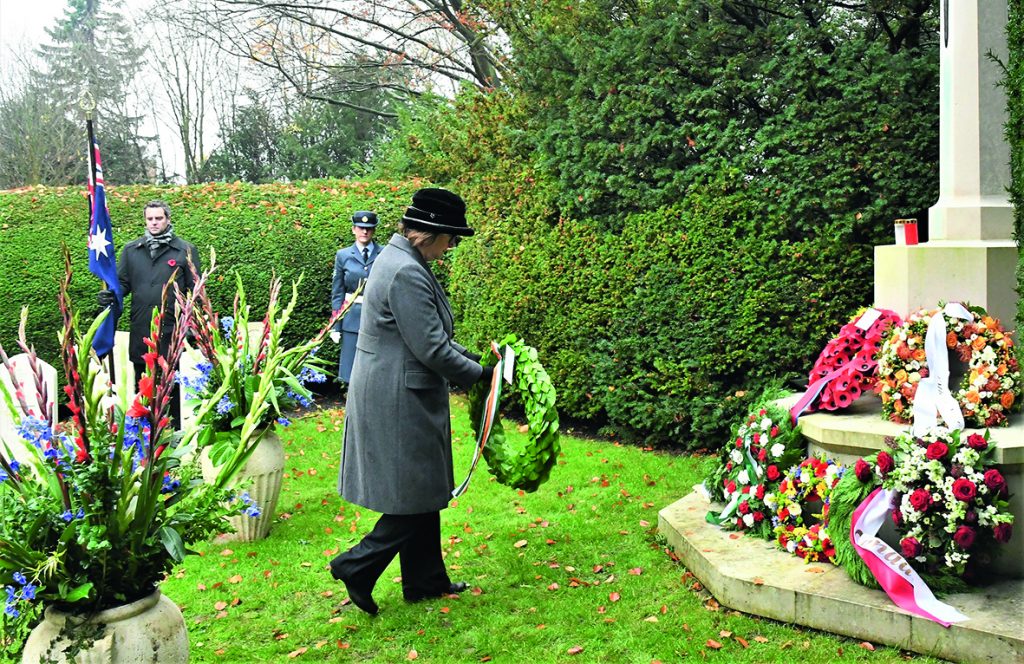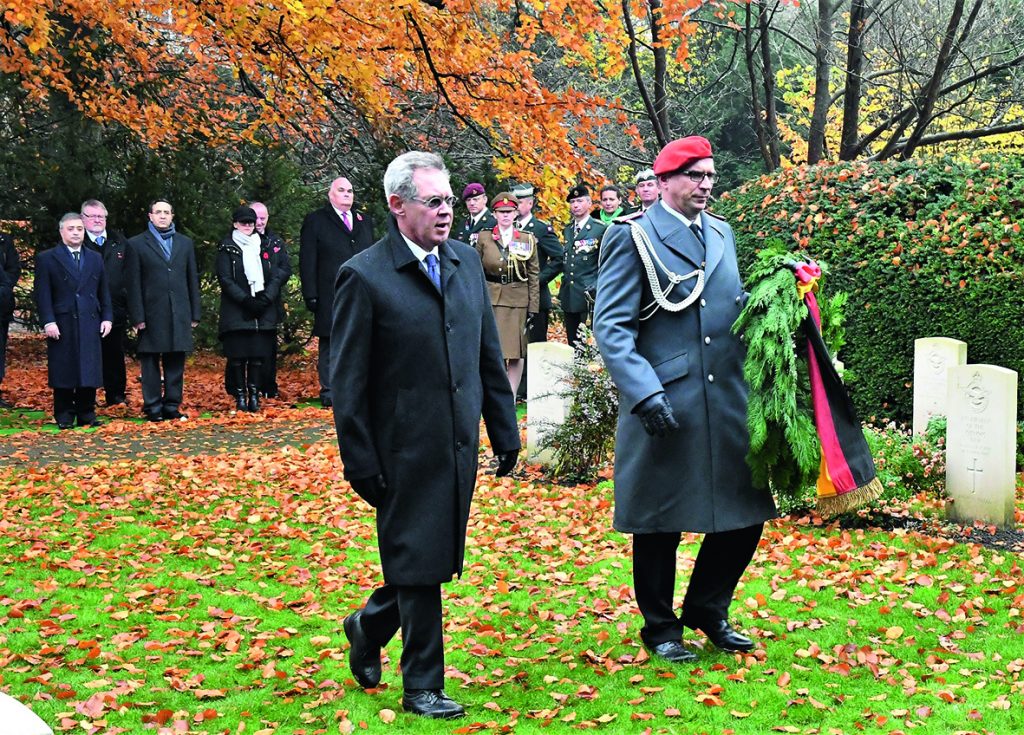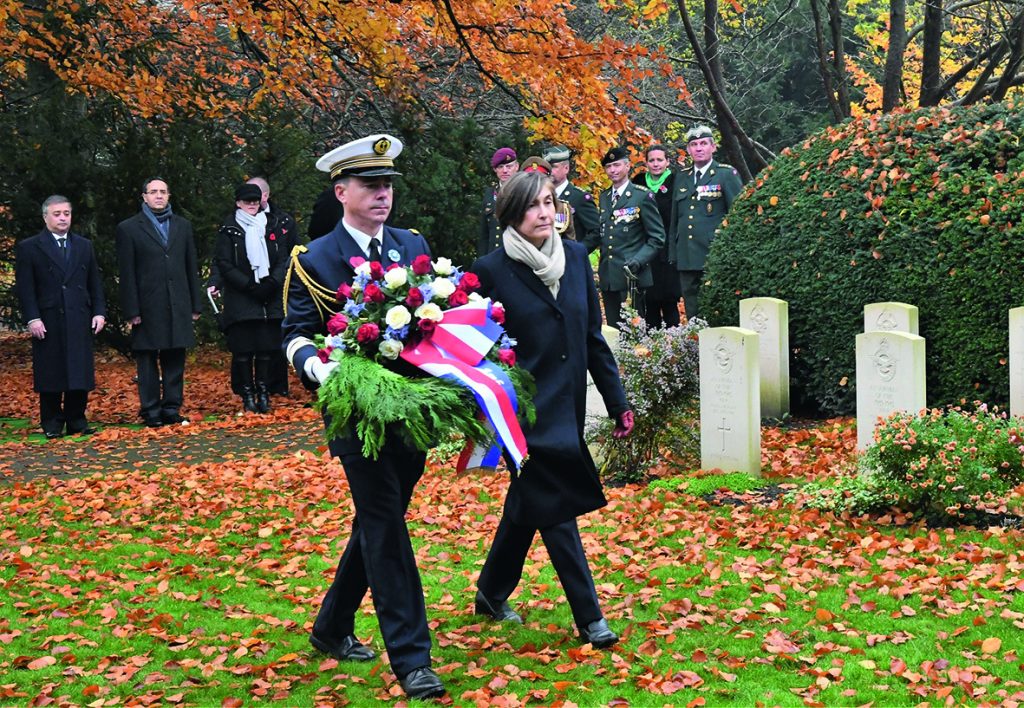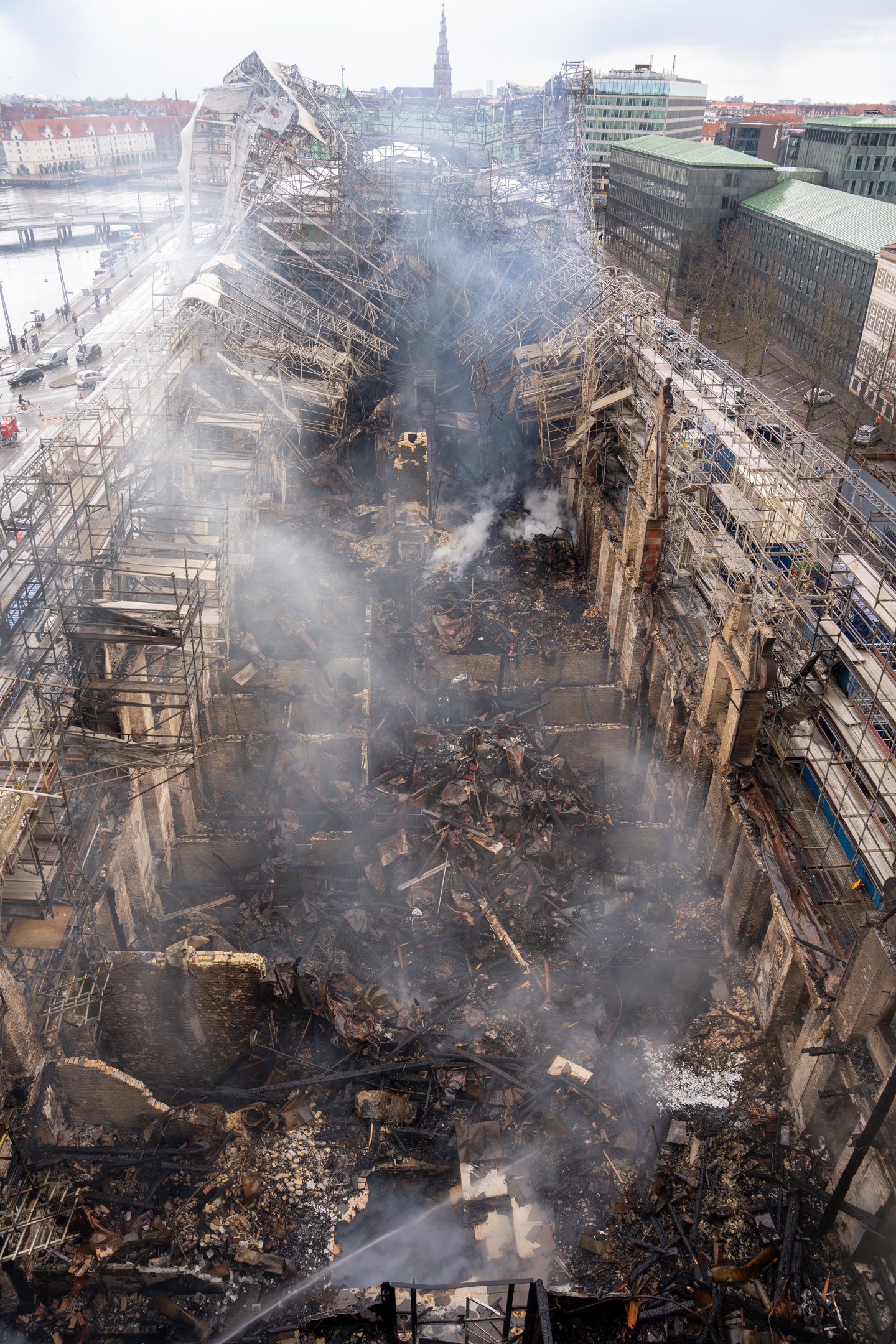“What passing-bells for these who die as cattle?” asks World War I poet Wilfred Owen in the first line of his revered poem ‘Anthem for Doomed Youth’.
“Only the monstrous anger of the guns. Only the stuttering rifles’ rapid rattle can patter out their hasty orisons,” he concludes.
Taken by the tides
Owen might take solace that 100 years later the world is still remembering the doomed youth of the Great War, and the conflicts that followed. He himself might have been among those paying their respects at the first and the many more Armistice Day services had he not been tragically killed just a week before the end of World War I.
Among the many worldwide commemorations marking the centenary this year, his portrait was drawn in the sand on a British beach at Folkestone on the south Kent coast facing France. Thousands gathered to pay their respects as the tide rose and washed away the work.
Farewell to ammunition
Owen would have appreciated the poetic timing of the Armistice, timed as it was on the eleventh hour of the eleventh day of the eleventh month.
The decision to line up six number ones – resembling the many coffins needed to bury the 8.54 million soldiers who perished during World War I – was taken early on the day at around 5:30 am in the Compiègne Wagon, a railway carriage parked in a French forest near the front line. Representatives of the Allied and German forces (whose allies had already formally surrendered) agreed on a ceasefire commencing five and a half hours later.
But if the timing of Owen’s death sounds unfortunate, spare a thought for the soldiers who were killed after 11 am that day. According to Colonel Thomas Gowenlock of the American 1st Division, “many fell” as “men on both sides had decided to give each other all they had: their farewell to arms”.
No relief – only grief
“At the front there was no celebration. Many soldiers believed the Armistice only a temporary measure and that the war would soon go on. As night came, the quietness, unearthly in its penetration, began to eat into their souls,” wrote Gowenlock.
“The men sat around log fires – the first they had ever had at the front. They were trying to reassure themselves that there were no enemy batteries spying on them from the next hill and no German bombing planes approaching to blast them out of existence. They talked in low tones. They were nervous.”
Only the beginning
Gowenlock’s observations are a reminder to humanity that the war would never end for many of the surviving soldiers – a subject they seldom liked to discuss, the memories would stay with them until their dying day.
“After the long months of intense strain … the abrupt release from it all was physical and psychological agony. Some suffered a total nervous collapse. Some, of a steadier temperament, began to hope they would someday return to home and the embrace of loved ones. Some could think only of the crude little crosses that marked the graves of their comrades. Some fell into an exhausted sleep,” continued Gowenlock’.
“All were bewildered by the sudden meaninglessness of their existence as soldiers. What was to come next? They did not know – and hardly cared. Their minds were numbed by the shock of peace. The past consumed their whole consciousness. The present did not exist – and the future was inconceivable.”
Lest we forget
Through Armistice Day on November 11, which became better known as Remembrance Day (Veteran Day in the US) in most countries just prior to or after World War II, humankind has never forgotten the sacrifice of the doomed youth and the unspeakable horrors the survivors would remember for the rest of their days.
Every single soldier who served in WWI may be long dead – soon, the same will be said of those who fought in WWII – but the world continues to remember ‘lest we forget’.
Solemnity at the graveyard
As they do every Remembrance Day, a great many members of the Copenhagen diplomatic corps were at the centenary commemoration at Bispebjerg Kirkegaard by the Commonwealth War Graves.
This year November 11 fell on a Sunday – brilliantly timed, you might say, although it’s doubtful they knew this inside the Compiègne Wagon.
Among the countries represented were: France, the United Kingdom, the United States, Australia, New Zealand, Poland, Russia, Ireland, India, Pakistan, South Africa and Germany.





